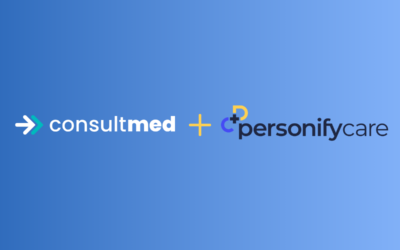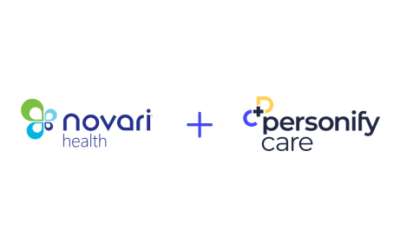Clinical health assessments are critical to managing patient risks in the lead up to their hospital admission.
However, Australian studies* show that increasing pre-admission patient risk assessments forms are increasing “burdens on patients and staff”. The cognitive and administrative burdens highlighted in the study are unpinned by the reliance on paper and phone calls in many hospitals.
In 2020, the requirement for hospitals and clinics to screen patients for COVID-19 emphasised the potential risk of not completing assessments prior to admission. With this rapid increase in screening requirements and pressures to reduce revisitation rates, it’s imperative for hospitals to streamline pre-admission assessments.
So if teams are getting more pre-admission patient risks assessments each year, and have limited resources, it begs the question…
Are we compromising our pre-admission teams ability to capture risks?
We hear from our community that the time consuming process to digest multiple forms and complex data points is a burden for both staff and patients. If not addressed, this can lead to delay for interventions, staff burnout and frustrated patients.
Digital Pathways give hospitals the choice to streamline assessments and data management. Let’s take a look at what digital pre-admission screening is, and how these pathways can help reduce these burdens on pre-admission teams.
Guide Contents
- The difference between a digital form and a pre-admission pathway
- What about older or complex patients?
- How digital pathways can help pre-admission teams
- Enhancing the value of face-to-face appointments and phone calls
- How to get approval when you don’t have a budget?
The difference between a digital form & a pre-admission pathway
Whether you collect patient health history on paper or with digital forms, traditional collection and risk calculation is a manually intensive process. Digital tools can help with both of these critical steps. The first iteration were patient portals and digital forms that helped capture basic patient information. However, if all we’re doing is replicating the current paper-based process, staff still need to review every patient answer, on every clinical assessment.
The key is to find the clinical risk factors that matter to a pre-admission team. From there, pre-admission teams are able to decide what support or management is required for high-risk patients. But with the increasing number of forms, this can sometimes feel like finding a needle in the haystack!
In response, some of the world’s leading hospitals are using digital pathways to step ahead of this basic data collection. They assist their teams with the cognitive assessment of patients by quickly identifying the risk factors and high risk patients. All without needing to manually review the written responses from patients.
Here’s an example of what that digital pre-admission process looks like:
If a patient responds to questions in their pre-admission health assessment that triggers a standard or complex risk – from COVID-19 to BMI – that patient is flagged for clinical attention. Automating the first two steps and supporting healthcare teams to progress with robust patient care.
In some cases we’ve seen examples where this one step can eliminate 60-70% of the administrative burden. Freeing up more time for pre-admission teams to spend with their high-risk patients. It also increases the chance that these risk factors are caught early enough to be managed effectively.
What about collecting pre-admission patient risk assessments for older or complex patients?
As our ageing population places additional pressure on healthcare services, it might not sound natural to use a mobile-friendly patient pathway.
However research and patient feedback demonstrates that technology use isn’t limited to a specific patient population or age group.
Plus, the ability for a patients relative to act as a proxy within a digital pathway is another method to boost patient response rates. While introducing a new technology may sound daunting, modern applications can be implemented and have patient risks being assessed within days.
How digital pathways can help pre-admission teams
Digital health screening can automatically detect patient health risks and flag any patient for clinical attention. Using a validated assessment tool to calculate risks, healthcare teams can focus in on preventative and high-value care.
These risk scores can be used to determine the most appropriate health service for a given patient, based on their actual risk profile. Without having to manually add up score calculations on a form which adds more work and delays.
By removing the need to chase patients, some teams are using pre-admission pathways to identify patients that require face-to-face pre-admission risk assessments based on their risk profile. Additionally, they are also providing additional information about when and where to turn up for their appointments.
Personalising patient care is critical to influencing a positive outcome.
However, without modern digital intervention, teams may not have the time available to dedicate to each and every patient. Flexible, individualised patient care pathways can help with this. These pathways are triggered by a patient’s risk profile or screening responses automatically.
Let’s take a look at an example of this. In a pre-admission scan, patients with a high BMI can be flagged, and automatically added to a followup pathway that provides additional information and tasks to support the patient. The result is reduce administration and no more booklets & packs!

Flexibility to adapt clinical and administrative process to support rapidly changing patient pathways.
To support the growing demand on health services, the conversation is now progressing beyond crisis support and more into sustainable operational practices.
Integrated pre-admission patient risk assessments and sharing data across teams reduces duplication for patients and clinicians alike. The byproduct of this is a reliable source of truth and a further simplification to the lengthy pre-admission forms when patients return or are delayed. With modern digital platforms, any data collected from a patient can be stored as part of the patient’s existing medical record.
Enhancing the value of face-to-face appointments and phone calls
We regularly hear that pre-admission teams are placing between 3-4 calls to every patients just to make contact. We recognise the critical importance of the relationship between pre-admission teams and patients. The clinical face-to-face or personalised phone calls between nurse and patient are critical to providing high-value care. However, the current process can squeeze these interactions out.
This troublesome process might be familiar:
- Calling a patient from a hospitals private number
- Patient ignores the private caller
- Pre-admission team makes multiple phone calls to connect with patient
- Clinical team goes into the call blind, with limited awareness of how the patient is going

Alternatively, digital pathways can support these important patient interactions. They provide healthcare teams a way to check-in with patients in between the calls and face-to-face appointments.
Technology is not going to replace the engagement of high risk patients or patients that need attention due to risk factors. Rather, technology can help teams spend more quality time with those patients; rather than placing multiple calls, and chasing and digesting forms. The long term impact of this can be enhanced care and reduced re-visitation rates at hospitals after procedures.
How to get approval when you don’t have a budget?
All these benefits sound amazing, right? However, budgets and resources are tight. So here are a few things that have helped other pre-admission teams secure funding to convert their paper or patient portal forms into a digital pre-admission pathway.
Digital Pathways pay for themselves in a few months
Budget is being secured, even in environments with limited capacity to spend on technology. The clear financial and clinical benefits seen by other healthcare teams are a significant driver. While every healthcare unit is unique, we’re not talking years of IT scoping, multi-year contracts or millions of dollars of investment. Cloud solutions like Personify Care can be planned and implemented (by the team that will use it) in weeks. Plus, have a positive financial return on investment in months. Two factors any executive will be interested to hear.
In a recent review, we found that one public hospital in Australia had more than 500% return on investment within the first 6 months of implementing their digital pathway. This calculation took into account the number of nurses required to screen patients, the average patient response rate and cost of the solution.
Organisational efficiency demands
Digital Pre-admission Pathways typically get supported at an organisation level because of demands for efficiency from scarce resources and budgets.
We hear from many customers that the increasing demand on clinical services is putting additional pressure on frontline teams. Some hospitals have secured funding by walking executives through the time efficiencies gained by using digital pre-admission patient risk assessments. And then, how these valuable resources can be more efficiently utilised by the team or hospital.
Technology shouldn’t replace personalised patient care
We understand that it can be daunting to contemplate trying to get something approved given all the competing priorities. Not to mention, when you have patients to care for in the meantime.
We’re more than happy to share how we’ve helped other teams get the required approvals, within a few weeks.
Better yet, we can customise and have you setup in days with a Pre-admission Pathway that screens your pre-admission patient risk assessments.
Save this guide for later




